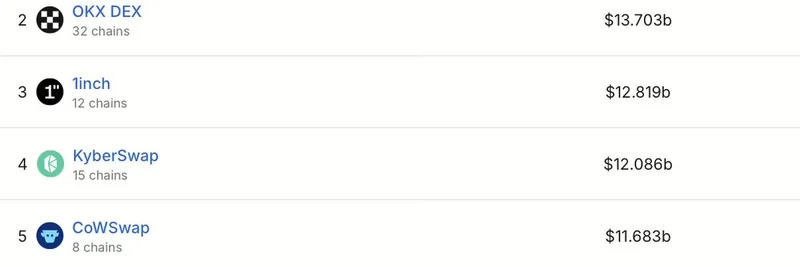In the ever-volatile world of cryptocurrency, on-chain data often tells a story that goes beyond surface-level price charts. A recent tweet from crypto analyst MartyParty highlights a fascinating trend: long-term retail Bitcoin holders appear to be selling their BTC to institutional buyers. This shift could signal a maturing market, but what does it really mean for everyday investors and the broader ecosystem?
Understanding the Chart: Long-Term Holder Net Position Change
The chart shared in the tweet comes from CryptoQuant, a leading on-chain analytics platform. It tracks the 30-day sum of net position changes for Bitcoin's long-term holders (LTHs)—typically defined as addresses that have held BTC for more than 155 days without significant movement. Green bars indicate accumulation (positive change), while red bars show distribution (negative change). Overlaid in blue is the BTC price line for context.
Looking at the data from 2022 to late 2025, we see periods of heavy accumulation during market dips, like in early 2023 and mid-2024. However, recent months show a pivot to net selling, with red bars dominating as BTC price hovers around key resistance levels. MartyParty interprets this as retail holders capitulating—selling off to larger players like institutions, who might be absorbing the supply through vehicles like Bitcoin ETFs.
This isn't uncommon in crypto cycles. Retail investors often buy high and sell low, while institutions wait for dips to accumulate. As one reply to the tweet notes, "Retail panic, institutional feast. Same story, new cycle." It's a reminder that emotional trading can lead to missed opportunities.
Why Are Retail Holders Selling Now?
Several factors could be at play here. Bitcoin's price has seen impressive gains in 2025, potentially prompting long-term holders to take profits after years of HODLing through bear markets. Global economic uncertainty, including inflation concerns and geopolitical tensions, might also be pushing some to liquidate for fiat stability.
On the flip side, institutional interest in Bitcoin has skyrocketed. Firms like BlackRock and Fidelity have poured billions into BTC ETFs, providing a seamless way for big money to enter the space. If retail is selling directly on exchanges, institutions could be the counterparties scooping up those coins at current levels. This transfer of wealth from "weak hands" to "strong hands" is often viewed bullishly, as it reduces sell pressure in future rallies.
Implications for the Crypto Market and Meme Tokens
For Bitcoin specifically, this trend suggests a potential floor in prices. If institutions are indeed buying the dip, it could stabilize BTC and pave the way for the next leg up—perhaps toward six-figure valuations that analysts have been buzzing about.
But how does this tie into meme tokens? At Meme Insider, we focus on the wild world of memecoins, which often ride Bitcoin's coattails. When BTC accumulates in institutional hands, it can free up liquidity in the broader market, allowing capital to flow into riskier assets like Dogecoin, Shiba Inu, or emerging Solana-based memes. However, if retail selling leads to short-term BTC weakness, meme tokens could face amplified volatility. Think of it as the tide: when Bitcoin rises, all boats (including memes) lift; when it dips, the smaller ones capsize first.
To stay ahead, blockchain practitioners should monitor on-chain metrics like this. Tools like CryptoQuant offer free insights that can help you spot these shifts early. Pairing this with meme token analysis—such as community sentiment on platforms like X—can give you an edge in navigating the market.
Final Thoughts: Stay Informed, Not Alarmed
MartyParty's observation isn't a doomsday signal; it's a snapshot of market evolution. Retail holders selling to institutions might sting for those cashing out early, but it underscores Bitcoin's growing legitimacy as an asset class. For meme token enthusiasts, this could mean more institutional capital trickling down to altcoins and memes in the long run.
Keep an eye on updates from analysts like MartyParty on X, and dive deeper into on-chain data to make informed decisions. In crypto, knowledge is your best HODL strategy.




